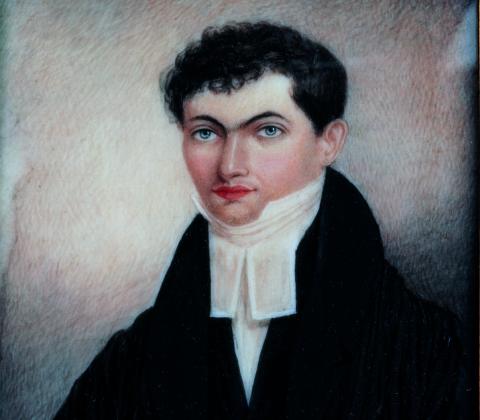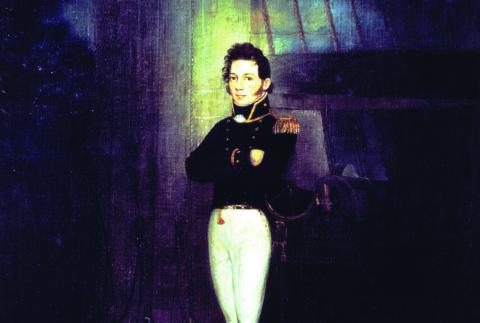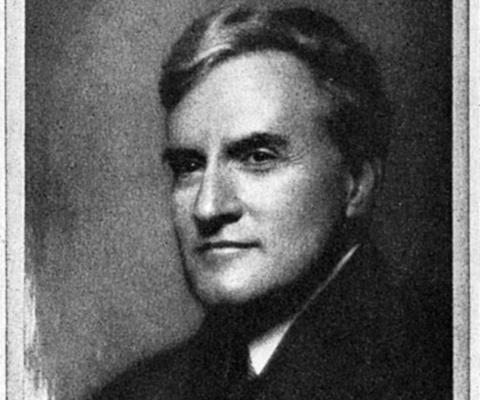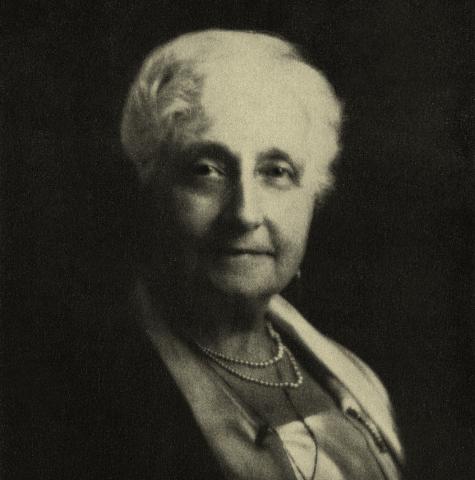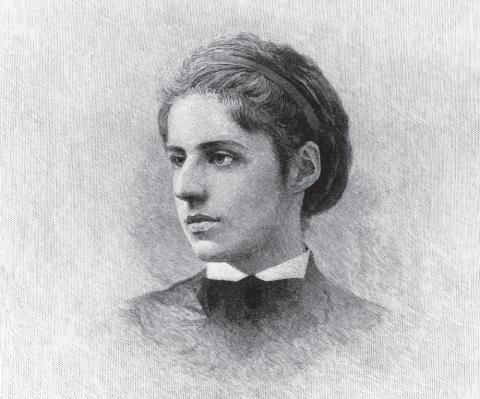- About
- Programs
- Prayer
- Resources
- Giving
- 2024 Spring Fundraiser
- 2024 Year of Hope Capital Campaign: Replacing our Sanctuary Carpet & Other Vital Repairs
- We Stand With Israel: What We Are Doing & How You Can Help
- General Donations
- Rabbi’s Discretionary Fund
- Sponsor a Kiddush
- Sponsor a Class
- PTTS Hebrew School Scholarship Fund
- Planned Giving & Bequests
- Sisterhood
- Support Caring Connection
- West 11th Street Cemetery Renewal
- Hesed: Community Support
- 1654 Society
- Hebra Hased Va’Amet

- Donate Now

